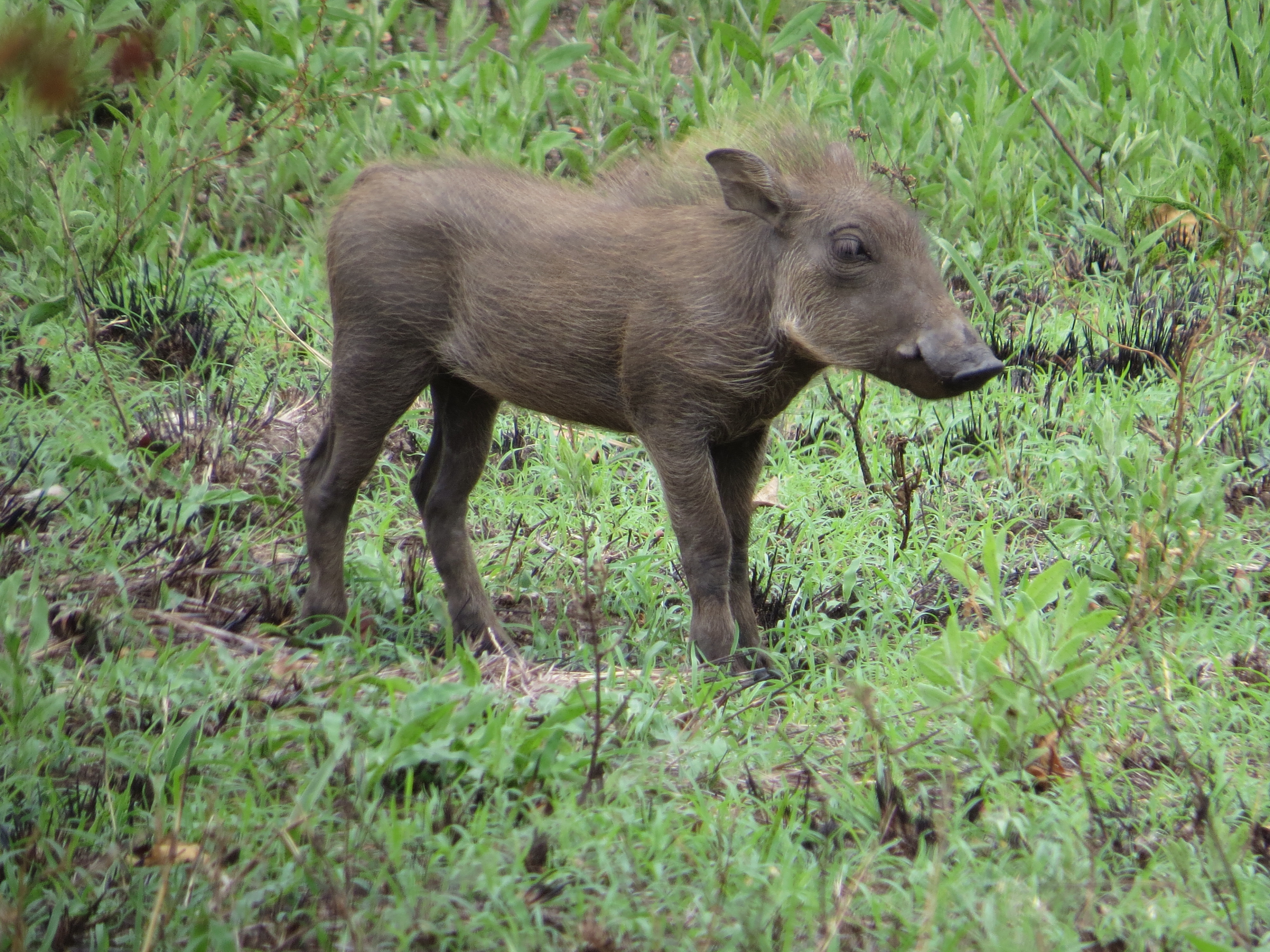- Firehawks: waking up to stories of the Dreamtime - 10/03/2018
- South Africa’s topsy-turvy seasons - 05/01/2015
- Do badgers play Friesian tag? - 29/05/2013
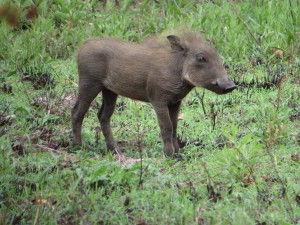
It’s easy to forget that seasons work in different ways in different places. On a recent trip to Kruger National Park in South Africa, I was expecting to see European breeding birds. I was also expecting that South Africa would be enjoying a season similar to a European spring; a simple six-month discrepancy with the northern hemisphere. While I found the European birds, including Swifts, Swallows, Cuckoos and Willow Warblers, I found a rather different type of spring. South Africa has very short transition seasons (spring/autumn) and more extended hot/cold (winter/summer) seasons. Over much of South Africa, summer (mid-October to mid-February) is a hot and sunny season, frequently accompanied by afternoon thunderstorms. In Kruger, summer is marked by the beginning of the “wet” season and the birth of new Impala, Wart Hogs and Wildebeest. However, the majority of the resident mammals don’t have a breeding “season”; all of the “Big 5” (buffalo, elephant, rhino, leopard and lion), can give birth to young in any month.
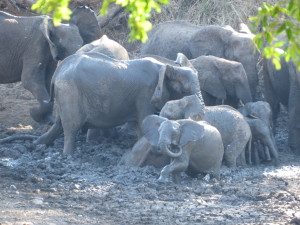
The native people of the Limpopo and Mpumalanga provinces have incorporated the link between the birth of impala and the arrival of rain into folklore. Their stories say that impala are the animals that decide when it should rain. If the rain is early, the impala need it early, if the rain is late, the impala are not ready for it at the usual time. While I thought that might make the impala unpopular, it seems they are held in high esteem.
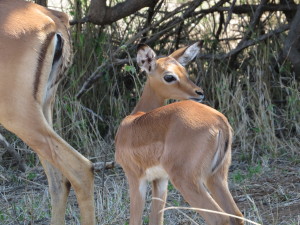
As well as the transcontinental migrant birds (like the Swallows and Cuckoos I mentioned earlier), Africa has numerous bird species which migrate within the continent. In November (the date of my visit), the Woodland Kingfishers arrive in Kruger.
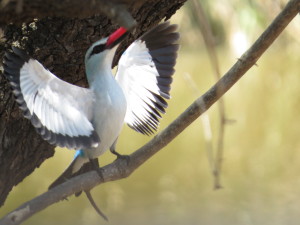
Their arrival is probably timed to coincide with the rise in insect numbers, following the new growth triggered by the rains, because Woodland Kingfishers feed on grasshoppers, locusts and beetles, rather than fish.
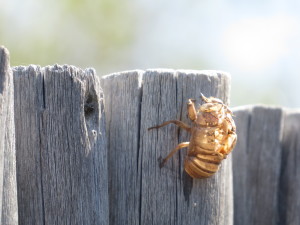
For an ecologist, migration is a fascinating area of study, especially when closely-related species compete for food at different times of year. Indeed, the migrant Woodland Kingfishers compete with resident Brown-hooded Kingfishers for food. By coincidence, a study considering such questions has just started in Kruger.
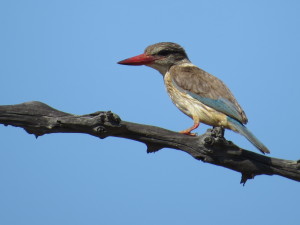
Author: David Kelly, djkelly[at]tcd.ie
Photo credit: David Kelly

